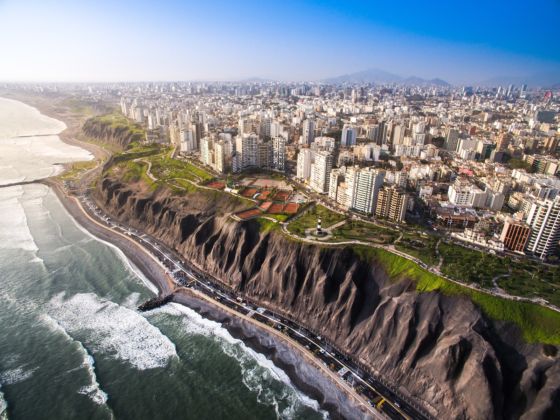Lights spiral up a tall building, making it sparkle like a jewel in the dark. It is the tower of one of South America’s largest cell phone carriers.
I scan the burnished windows and imagine the CEO sitting comfortably at his desk, not wondering where his next meal will come from.
I despise this person because the amount of money I need to get home is pocket change to him, and the least he could do is share.
